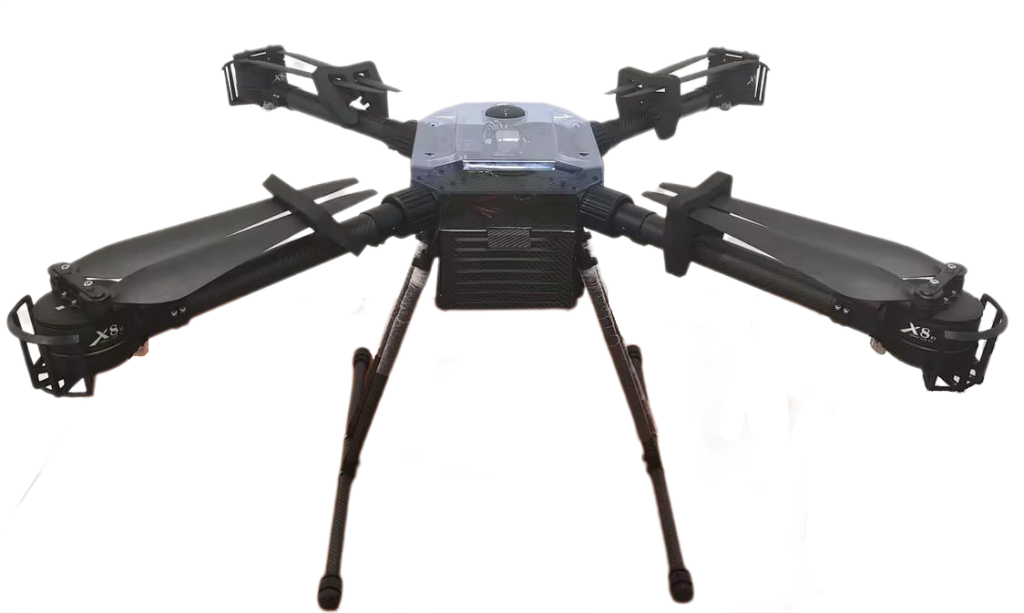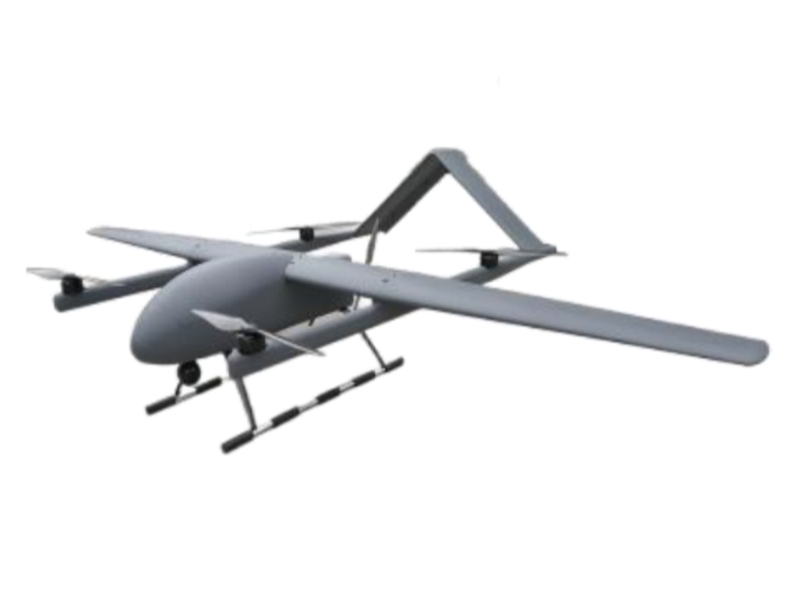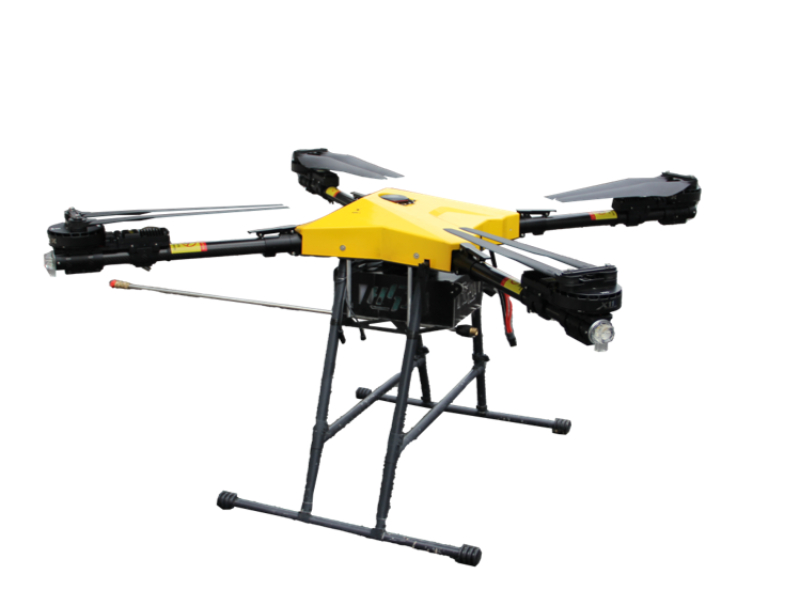Industrial Inspection Drone E900
Inspection drone E900 is an advanced and reliable aerial inspection solution for various industries, including energy, construction, agriculture, forestry, and environmental protection. It’s widely used for inspecting and monitoring power lines, pipelines, buildings, crops, livestock, wildlife, forests, etc.
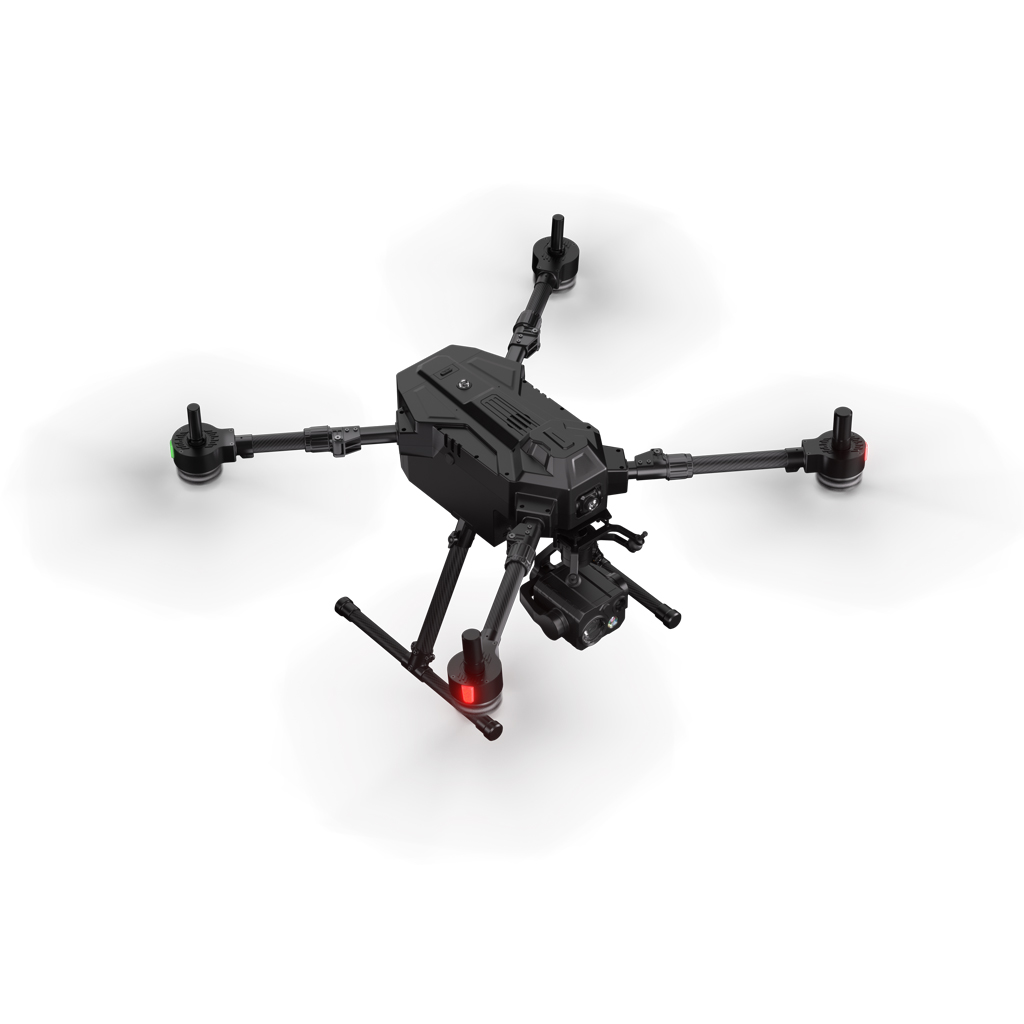
Features
Excellent Stability
It features a lightweight yet durable airframe constructed with high-quality composite materials, ensuring excellent stability during flight. The compact design allows for easy transportation and deployment in different inspection scenarios. The drone’s structure is optimized to minimize air resistance, enabling efficient and smooth flights.


Remarkable Flight Performance
Equipped with powerful and efficient motors, our inspection drone offers remarkable flight capabilities. It has a long-range flight capacity, capable of covering extensive inspection areas without the need for frequent recharging or landing. The advanced flight control system ensures precise hovering and stable flight paths, even in windy conditions. With its high-altitude flight ability, it can reach areas that are difficult or dangerous for human inspectors to access.
Clear and Detailed Images
The inspection drone is loaded with a state-of-the-art sensor and imaging suite. It includes high-resolution optical cameras that can capture clear and detailed visual images of the inspection targets. These cameras have wide-angle and zoom capabilities, allowing for both overall views and close-up inspections.


Reliable Data Transmission
Our inspection drone has a reliable data transmission system that can send real-time images and sensor data back to the ground control station. The ground control software is user-friendly, allowing operators to easily control the drone’s flight path and monitor the inspection process. The collected data can be further analyzed using specialized software, which can generate detailed inspection reports, highlighting potential problems and areas of concern. This helps decision-makers in different industries to make informed decisions regarding maintenance, repair, or other necessary actions based on the inspection results.
Versatility and Wide Applications
This inspection drone is highly versatile and finds applications in multiple industries. In infrastructure inspection, it can be used for power line, pipeline, and bridge inspections. In the construction sector, it is ideal for building facade and structural inspections. In agriculture, it helps with crop and livestock monitoring. Moreover, it plays a significant role in environmental inspection, including wildlife and forest monitoring. Overall, our inspection drone provides a cost-effective, efficient, and safe alternative to traditional inspection methods.
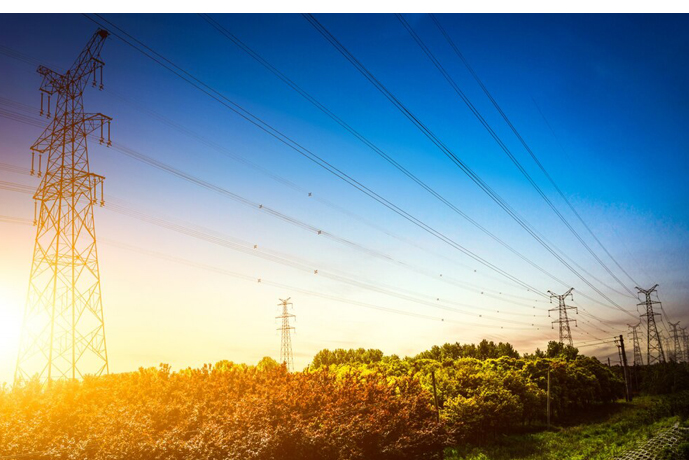
AI Recognition & Tracking
Drones with powerful AI recognition and tracking have significant advantages. In security, they can identify and track targets in complex scenes, enhancing efficiency. In wildlife research, they recognize and track animals for valuable data. In industrial inspections, they precisely inspect infrastructure, improving reliability. Overall, it makes drones more valuable in various fields.
Applications
Power Line Inspection
Inspection drones are widely used in the power industry. They can fly along power lines to check for faults such as damaged insulators, broken conductors, and signs of corrosion. Traditional power line inspections often require technicians to climb poles or use helicopters, which are time-consuming, expensive, and potentially dangerous. Drones equipped with high-resolution cameras and thermal imaging sensors can quickly cover long stretches of power lines. For example, they can detect overheating components in real-time through thermal imaging, which may indicate a potential fault in the electrical connection.
The ability to access hard-to-reach areas, such as in mountainous regions or over bodies of water, makes drones an ideal tool for ensuring the reliability of power transmission.
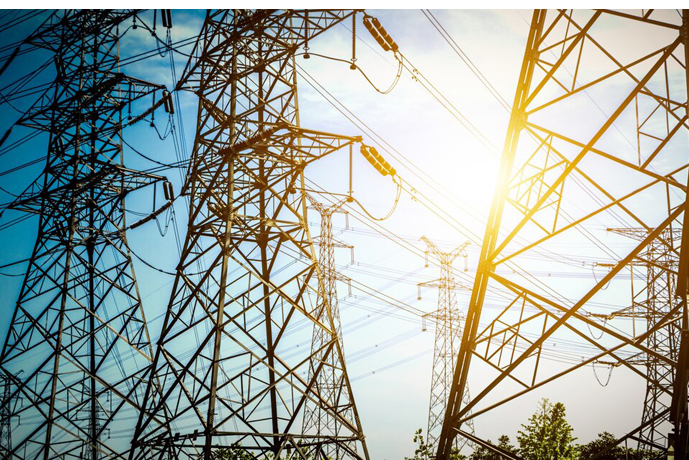
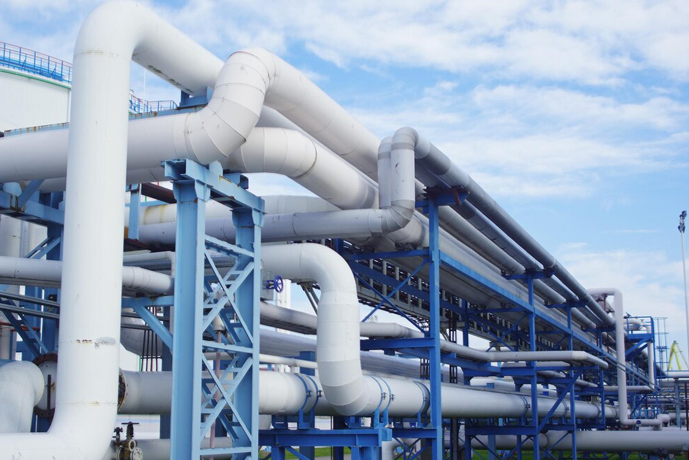
Pipeline Inspection
In the oil and gas industry, drones play a crucial role in inspecting pipelines. They can fly above and alongside pipelines to look for leaks, cracks, and signs of external damage. The use of drones reduces the need for manual inspections that involve walking along the pipeline route, which can be difficult due to rough terrains and long distances.
Some advanced inspection drones are equipped with sensors that can detect gas leaks. By analyzing the data collected during the flight, operators can identify and address potential issues before they lead to major disasters such as oil spills or gas explosions.
Facade Inspection
For high-rise buildings and large-scale construction projects, drones are used to inspect building facades. They can capture detailed images and videos of the exterior walls to check for cracks, loose tiles, and other signs of damage or wear. This is more efficient and safer than using scaffolding or cherry pickers for close-up inspections.
Drones can also provide a comprehensive view of the building’s overall condition, helping architects and engineers to assess the impact of environmental factors such as weathering and pollution on the building materials.
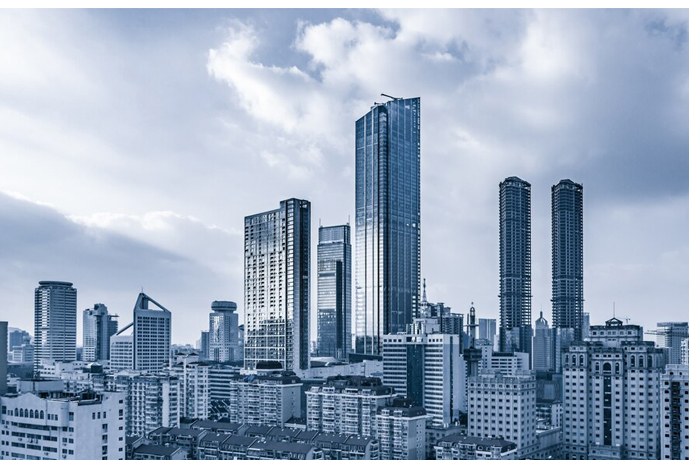

Structural Inspection
During the construction process, drones can monitor the progress of the building’s structural elements. They can fly around the construction site to check the alignment and integrity of beams, columns, and other load-bearing components. After construction, drones can be used for routine structural inspections to identify any signs of structural degradation over time.
Crop Monitoring
Farmers use inspection drones to monitor the health and growth of crops. Drones equipped with multispectral or hyperspectral cameras can capture images that reveal information about the vegetation’s health, such as nutrient deficiencies, pest infestations, and water stress. By analyzing these images, farmers can make more informed decisions about irrigation, fertilization, and pest control.
For example, the drone can detect early signs of a fungal disease by analyzing the spectral reflectance of the crop leaves. This allows farmers to take preventive measures, such as applying fungicides, in a timely manner to minimize crop losses.
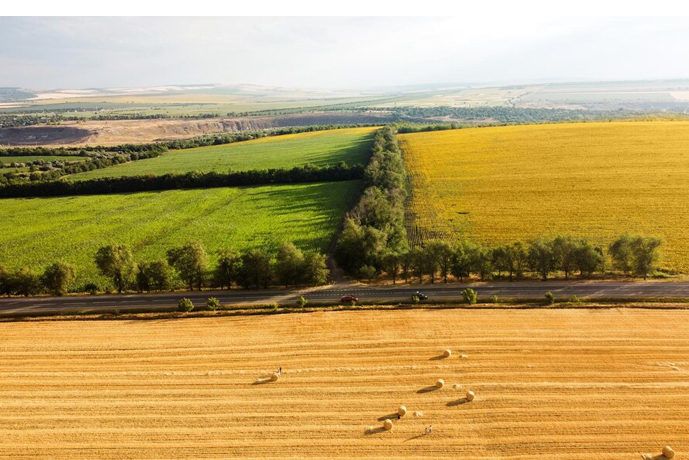

Livestock Monitoring
In large-scale livestock farming, drones can be used to monitor the location and well-being of livestock. They can quickly scan large pastures to ensure that all animals are accounted for and identify any animals that may be injured or in distress. This helps farmers manage their herds more effectively and respond promptly to any problems.
Wildlife Monitoring
Inspection drones are used in wildlife conservation to monitor animal populations and their habitats. They can cover large areas of natural reserves without disturbing the wildlife. For example, drones can be used to count the number of a particular species of bird in a wetland area or to track the movement patterns of large mammals such as elephants in a forest.
The data collected by drones can help conservationists better understand the behavior and needs of wildlife, enabling them to develop more effective conservation strategies.
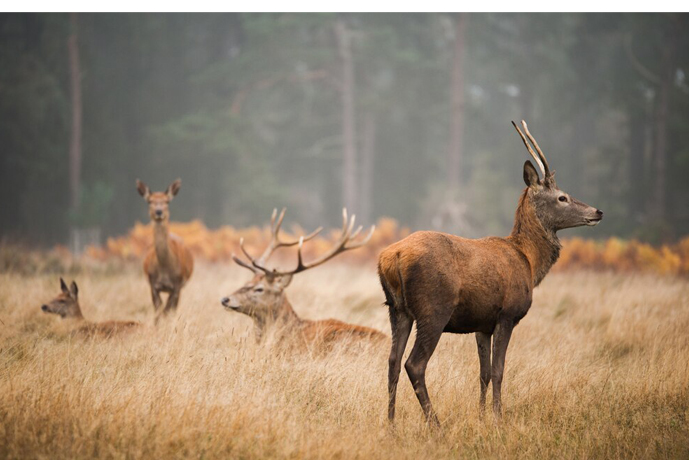

Forest Inspection
Drones are valuable tools for forestry management. They can assess forest health by detecting signs of disease, pest infestation, or damage caused by natural disasters such as fires or storms. They can also map forest areas, providing accurate information about tree density, species distribution, and forest cover.
By regularly inspecting forests with drones, forest managers can take proactive measures to protect and manage these valuable ecosystems, such as implementing selective logging plans or conducting pest control operations.
Have more questions? Need a price quote or want to become a dealer?
People Who Viewed This Also Be Interested In
More Information About Inspection Drone
Mecho inspection drones come with user-friendly ground control stations. Operators usually need some training to learn the basic flight controls and inspection procedures, but the operation is relatively intuitive with proper training.
It can conduct visual inspections (using optical cameras for cracks, damages), thermal inspections (for overheating components, leaks in pipelines), multispectral inspections (for crop health in agriculture), and more depending on the sensor suite.
Yes, with advanced image recognition and AI technology integrated into some models, the drone can identify specific objects such as different types of infrastructure components, certain animal species in wildlife monitoring, etc.
